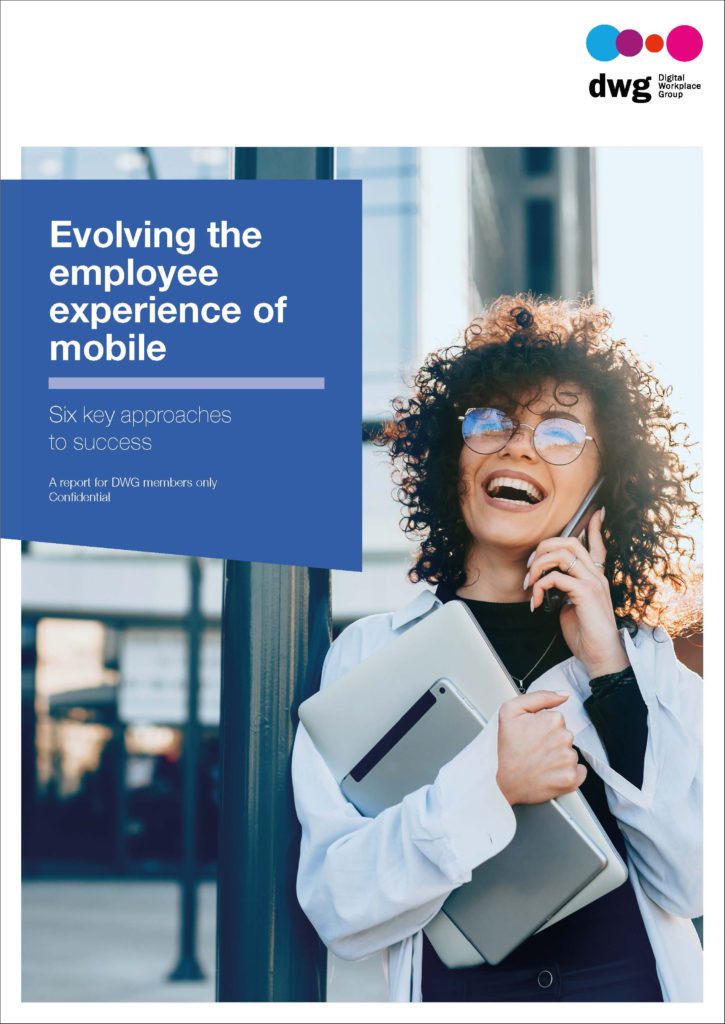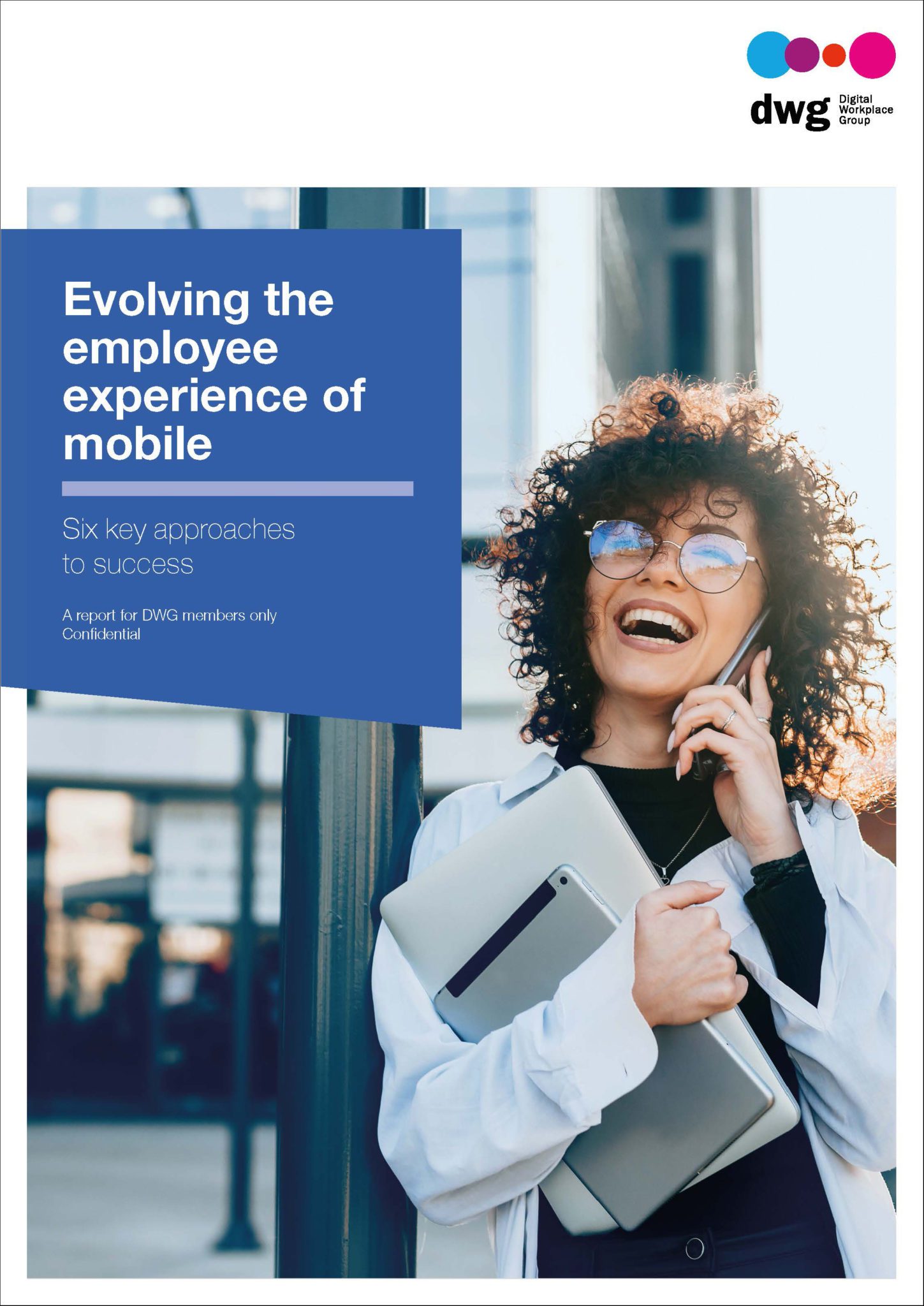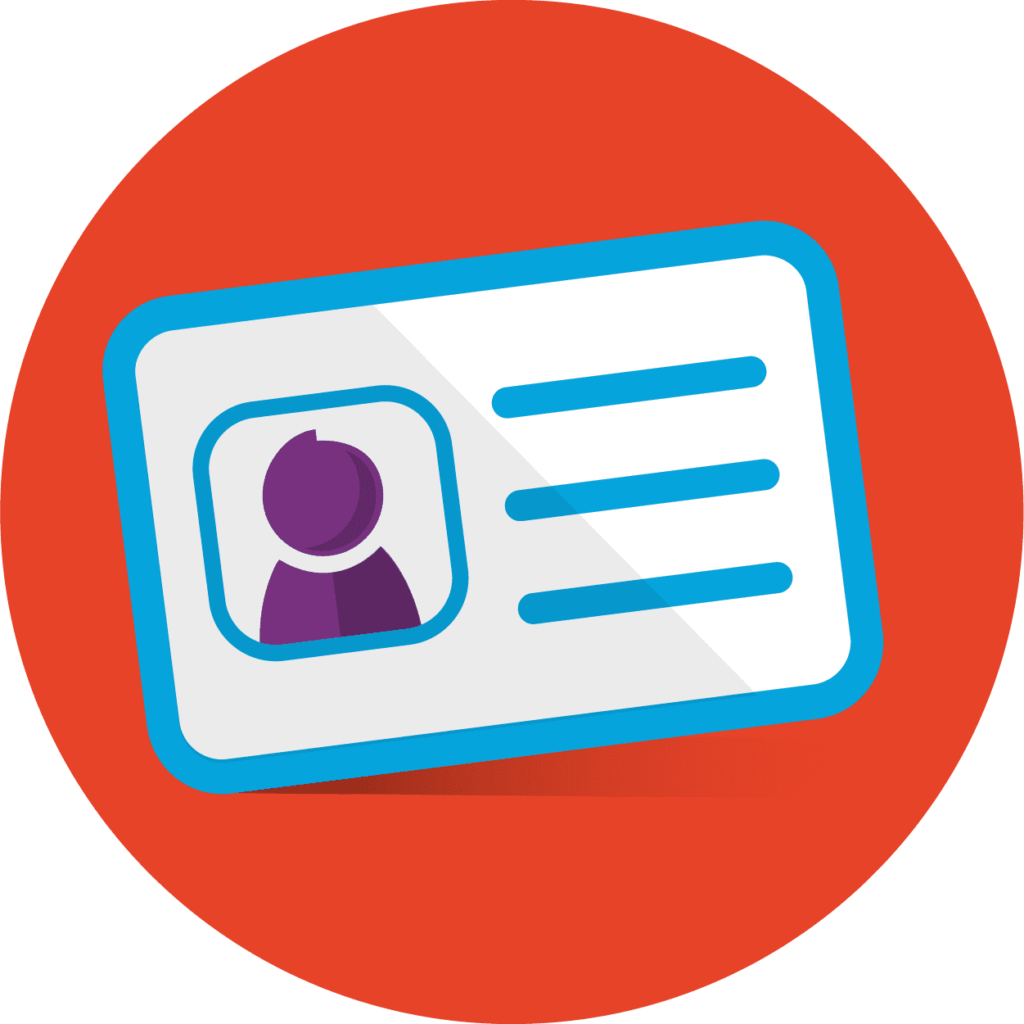Six ways digital workplace teams can evolve the mobile employee experience

Accessing the digital workplace and its related tools and services through a mobile device is important for employee experience. This is particularly the case in organizations with a high proportion of frontline and mobile employees who might work in factories, retail units, out in the field or on the go. For those sections of the workforce who do not work at a desk, access through a mobile device might be their only option to reach the digital workplace during the working day.
Over the past few years, mobile access to the digital workplace has significantly improved. When the DWG research programme originally covered enterprise mobility in 2017, there was a lot of work to be done, but today the mobile employee experience is in a better place. While there is considerable room for improvement and adoption is still patchy, there are now greater opportunities to deliver a better digital workplace through mobile devices.
Given these improvements, we felt it was time to update our research from 2017. Our new research report ‘Evolving the employee experience of mobile: Six key approaches to success’ looks at what digital workplace teams need to do to improve the mobile digital workplace; it’s a complete rewrite of our original report. While the full research report is available only to DWG members, you can download the Executive Summary and also read about some of the insights from the report in this blog post.
Let’s explore the six ways teams can evolve the mobile employee experience that are detailed in the report.
1. Taking a joined-up approach to mobile
Who owns enterprise mobility or has responsibility for it within your organization? While IT may manage areas such as security, identity management and the distribution of apps, there tends to be nobody who has overall responsibility for the mobile experience. In this respect, ‘mobile’ is no different to the concepts of ‘the digital workplace’ or ‘employee experience’ in that overall responsibility lies across multiple functions, including IT, Communications, HR and even different lines of business.
Any function or team that is the business owner of an application is also likely to have an accompanying mobile app. This distribution of responsibility can mean there is a fragmented, inefficient and even overwhelming experience on mobile, as well as potential duplication of functionality and effort in managing apps.
Taking a coordinated and joined-up approach to how employees access apps can lead to a more coherent, efficient and effective mobile experience. It can help ensure that all the boxes are ticked for factors such as security and privacy, reduce app overload, drive better alignment between desktop and mobile experiences, support better adoption, leverage and spread learning and knowledge, make better use of the same technology base, and more.
Of course, taking a more joined-up approach to mobile is easier said than done, often requiring a common strategic vision and the right governance to be in place.
2. Carrying out detailed user research
To create a good mobile experience that has value, gets good adoption and is focused on the needs of employees – particularly those on the frontline – it is essential to carry out detailed user research to understand employee information needs, pain points, use of technology, beliefs, and more. Never craft a mobile solution based merely on assumptions, or which is simply a slimmed-down version of the desktop environment.
There are certain aspects of the discovery exercise that are particularly important to ascertain if your mobile-focused project is to succeed, including:
- understanding employee-owned device data
- use cases for frontline and field employees when they are on-site or in front of customers
- field and workplace environmental factors such as noise, light, heat, dust and wind
- usage of mobile devices inside and outside of traditional working hours, and how they are used for both work and non-work purposes
- how employees view using their personal phones for work purposes
- how employees are using shadow IT on their mobiles
- any accessibility issues and the implications of using mobile for people with disabilities.
3. Focusing on valuable mobile use cases that take advantage of device features
When developing a mobile solution, it’s really important to focus on use cases that are going to make sense for employees, particularly for the frontline where the mobile device may be their primary way to access digital tools and channels. Focusing on the right mobile use cases will help to drive adoption, generate value and design better solutions that will improve the employee experience.
Where possible, it also pays to take advantage of device features and play to the strengths of mobile. This includes use of the camera, geo-location features, notifications, SMS messaging, payment capabilities, the ability for a mobile to act as a security pass, and so on. The combination of apps which cover valuable use cases that make life easier for employees, with capitalizing on the strengths of mobile devices, is the best possible approach.
4. Addressing fundamentals around security, connectivity and usage
For any enterprise mobility project there are some key fundamentals that will impact the overall success of the project to address from the outset. These include ensuring security, supporting connectivity, and establishing clarity around usage of personal mobile devices; not getting these elements right can effectively scupper any mobile project.
The policies and ongoing governance surrounding these three areas usually need to be addressed at an organization-wide level and will therefore likely need involvement from stakeholders across different functions, including IT, Real Estate, HR, Communications, Legal, and any frontline support unit. Working closely and early with all these stakeholders can help to circumvent any issues that can delay or derail your enterprise mobility programme.
For example, you will need to ensure that any mobile initiative ticks the security box and likely works with mobile device management (MDM) approaches. Another key enabler is good connectivity in the workplace and sometimes wi-fi will need to be installed in factories, warehouses and retail units; for example, you can’t really ask employees to use their own mobile devices for work purposes and then eat into their personal paid-for data plans. Again, taking a joined-up approach to mobile is essential.
5. Focusing on employee experience and removing barriers to use
Employee experience is a common focus area for digital workplace teams – and the same should be true for mobile projects. Mobile apps are there to enhance the employee experience, and using this as a lens and rationale for your mobile project can help to deliver value and good adoption.
As part of the employee experience focus, it is essential to remove any associated barriers to using the mobile experience. This can be done in several different ways:
- reducing the number of apps that employees have to download on their devices through coordination across different application owners or creating an ‘app of apps’ that is an entry point into other mobile apps
- focusing on the app installation and onboarding experience, which needs to be as smooth and trouble-free as possible
- providing digital access for everyone and plugging gaps for any employees who are disconnected and don’t have a digital identity, which can be the case for frontline employees
- supporting wellbeing by considering out-of-hours usage, with, for example, the ability to block notifications outside working hours
- ensuring data privacy controls are stringent and any concerns are addressed.
6. Keeping an eye on the future
The digital workplace, mobile and employee app space continues to be a fast-moving area. Inevitably, the way we use mobile devices in the workplace will keep on evolving and there are a number of different trends that are likely to impact enterprise mobility. Digital workplace teams need to keep an eye on the future and be ready to act on future opportunities and challenges.
As hybrid work continues to dominate, our relationship with the office and the physical workplace is changing. In turn this may influence the kind of work apps we want to experience on our mobile phones. Moreover, more smart buildings and the Internet of Things are turning our phones into everything from a security pass to the place where we order building services. At the same time, deeper demographic trends are changing employee expectations of their mobile experience as Generation Z and beyond enter the workforce.
Wearables is an area that has so far tended to be limited to more specialist use cases, but could eventually influence our whole view of enterprise mobility. At the moment, for example, there is very limited use of smart watches in the digital workplace, but wearables will likely be influenced by what happens with the development of virtual reality/augmented reality, as well as the Metaverse – although right now this seems many years off.
Moreover, trends relating to the fundamentals of security, privacy and connectivity can also have a profound impact on enterprise mobility. Whatever happens, teams need to be horizon scanning and thinking about the future mobile experience.
Download the free excerpt
Get access to the full report and 80+ other best practice digital workplace reports
DWG members have access to this full report, which forms part of DWG’s best practice Research Library of 80+ reports covering key areas such as strategy and governance, personalization, user experience and change management for intranets and digital workplaces.
Browse our most recent reports and excerpts, and find out what’s coming up. Contact us to learn how to gain access to this library via DWG Membership.
Talk to us about…
Categorised in: Digital workplace, Employee experience, Mobile sites & apps, Search & findability


